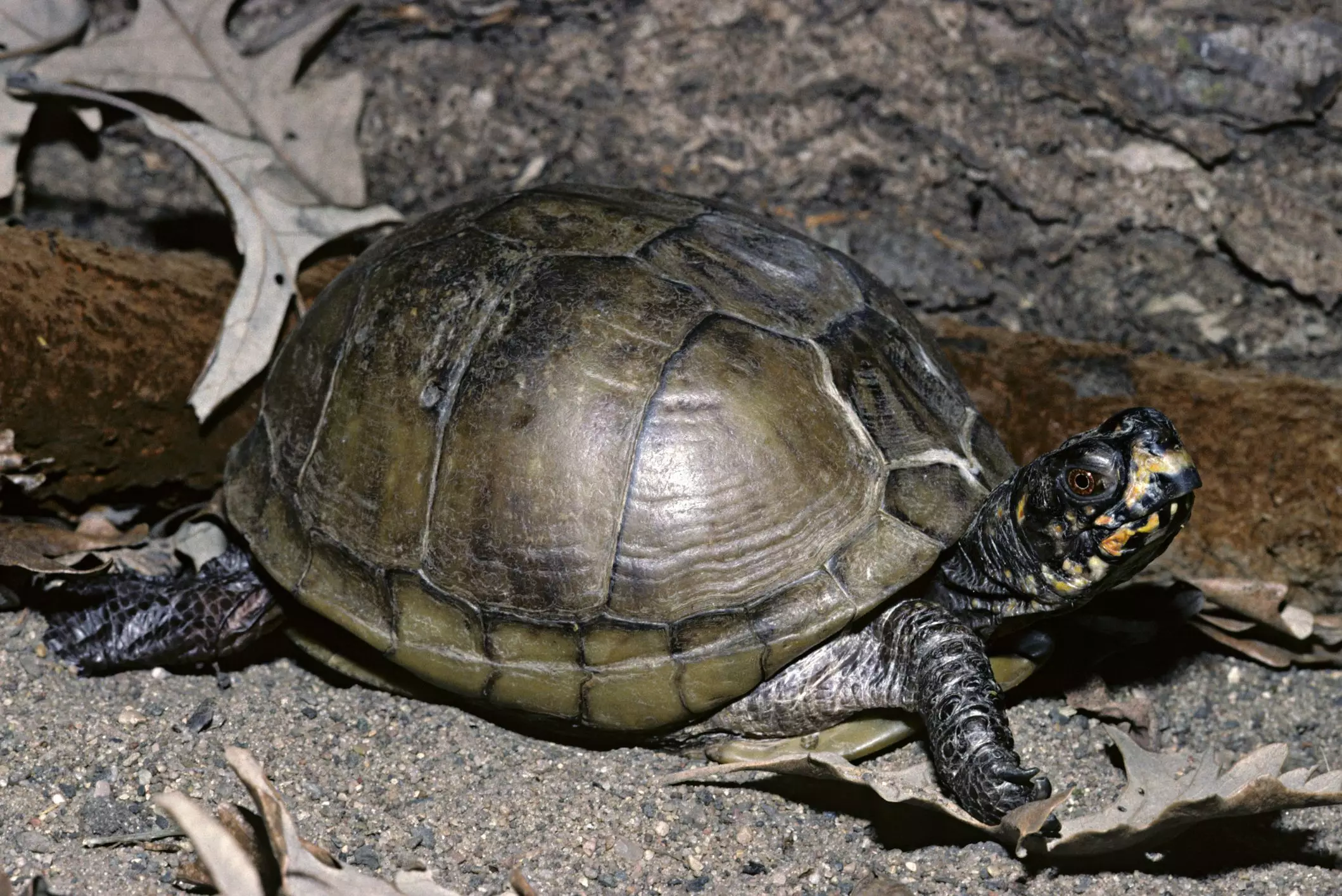The three-toed box turtle, scientifically known as *Terrapene carolina triunguis*, is a remarkable creature that inhabits various terrains from Missouri to Texas and Alabama. Distinguished by its three toes on the hind feet—unlike other box turtles which possess four—this species has captured the attention of many turtle enthusiasts and pet owners alike. However, while they are visually appealing and possess characteristics that intrigue wildlife aficionados, it is crucial to understand the complexities surrounding their care and the challenges they face both in captivity and in the wild.
Three-toed box turtles are not your typical house pets. Their inherent dislike for handling makes them unsuitable for novice pet owners, especially those with small children. These turtles can easily become stressed, leading to potential health issues if they are frequently disturbed or improperly cared for. Unlike many other turtle species, three-toed box turtles thrive on stability and consistency in their environment. Even small changes, like a car ride to a veterinarian, can induce stress; hence, they require a gentle and knowledgeable approach from experienced caretakers.
When caring for a three-toed box turtle, a significant commitment is necessary. Their habitat must mimic their natural surroundings, as they are accustomed to a humid environment and a diverse diet. These turtles are generally solitary creatures and require ample space to explore and engage in natural behaviors. In captivity, they need both an indoor and outdoor setup that provides essentials such as clean water, hiding places, and room to burrow.
Physically, the three-toed box turtle features a high, domed shell that typically exhibits an olive-brown color adorned with yellow markings. The ventral shell may have dark blotches, and males are often recognized by their vivid red markings on the head and limbs. Their sexually dimorphic traits—males have longer, thicker tails, a slightly concave plastron, and red irises—allow keepers to distinguish between genders easily.
Three-toed box turtles can live up to 100 years in the wild, although, under captivity with proper care, their lifespan is generally around 30 to 40 years. Given their impressive life expectancy, potential owners must be prepared for a long-term commitment that surpasses that of many other pets.
Creating an appropriate habitat for three-toed box turtles requires forethought. They are known to favor environments with access to water, so enclosures should include shallow water sources to facilitate soaking, drinking, and thermal regulation. Outdoor enclosures are best when constructed from well-draining material and should be at least 20 inches high to prevent escapes. An ideal size would be four feet wide by four feet long, although larger spaces are preferred.
Inside their habitats, both juveniles and adults need sufficient size and complexity. Juvenile turtles require a specific area of at least two square feet, while adults thrive with a minimum of three square feet for every eight inches of shell length. Exploration opportunities, including varying ground textures and foliage, enrich their experience and foster their natural instincts.
The dietary requirements of the three-toed box turtle are omnivorous, and caregivers must ensure a comprehensive balance of vegetables, fruits, hay, and low-fat protein sources. They thrive on whole live foods such as earthworms and crickets, supplemented by occasional lean meats and high-quality dog food. However, care must be taken to prevent obesity by regulating food portions according to the turtle’s size and activity level.
Understanding their nutritional needs is vital, as deficiencies—especially in vitamin A—can lead to serious health issues like respiratory infections. Regular dietary adjustments based on the turtle’s life stage are crucial for maintaining a healthy and vibrant pet.
Conservation Challenges and Ethical Considerations
Unfortunately, the three-toed box turtle population faces significant threats due to habitat destruction, illegal wildlife trade, and the consequences of over-collecting for the pet market. Many states have enacted protective measures, yet demand continues to drive the capture of wild specimens, leading to drastic declines in populations. Captured turtles often succumb to stress and health complications within the first year, emphasizing the need for responsible breeding practices.
Those interested in welcoming a three-toed box turtle into their lives should seek reputable breeders who prioritize the health and sustainability of their animals. By promoting ethical practices, potential owners can contribute to the conservation of this species while enjoying the rewarding experience of turtle care.
The three-toed box turtle is a captivating species that requires thoughtful care, respect for its natural behavior, and a commitment to long-term stewardship. By understanding their needs and the challenges they face, both in captivity and in the wild, we can create a supportive environment that allows these beautiful creatures to thrive. Conservation efforts and responsible pet ownership play vital roles in ensuring that future generations can also appreciate the existence of the three-toed box turtle.

